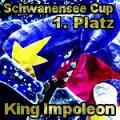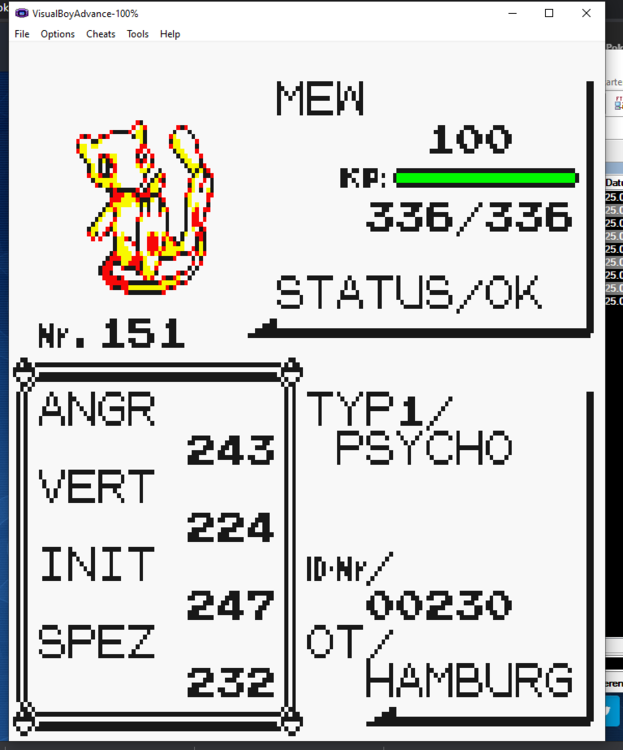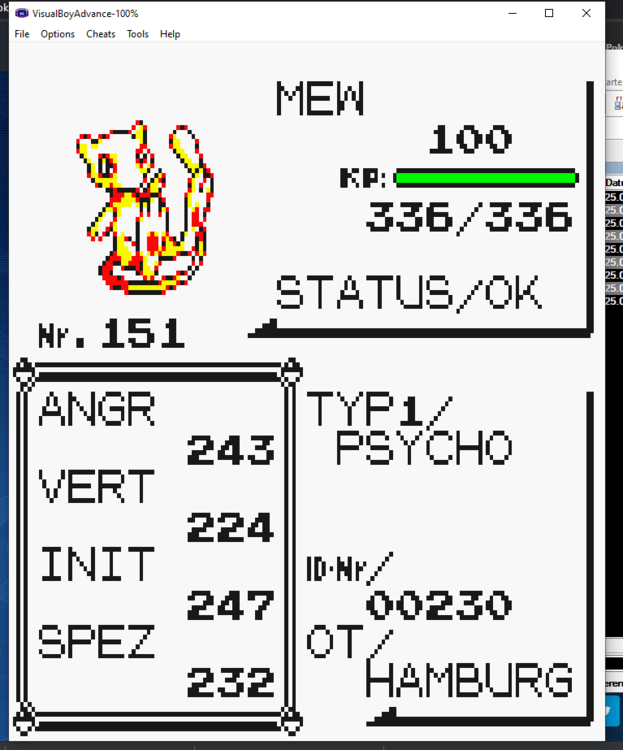Leaderboard
-
in all areas
- All areas
- Blog Entries
- Blog Comments
- Images
- Image Comments
- Image Reviews
- Albums
- Album Comments
- Album Reviews
- Files
- File Comments
- File Reviews
- Events
- Event Comments
- Event Reviews
- Topics
- Posts
- Pokédex Entries
- Articles
- Article Comments
- Technical Documents
- Technical Document Comments
- Pages
- Tutorials
- Tutorial Comments
- Status Updates
- Status Replies
-
Custom Date
-
All time
November 30 2016 - December 22 2025
-
Year
December 22 2024 - December 22 2025
-
Month
November 22 2025 - December 22 2025
-
Week
December 15 2025 - December 22 2025
-
Today
December 22 2025
-
Custom Date
08/26/21 - 08/26/21
-
All time
Popular Content
Showing content with the highest reputation on 08/26/21 in all areas
-
I will try to provide a brief explanation as best I can, using random snippets of info I found. At times, we'll refer Method (Value) or bunch of letters like ABCD or BACD. These are just examples of terminology used across the ages. (Though, I cannot imagine this post ending up being brief. It gets pretty darn technical) What is RNG? Before Methods and PIDIVs, we need to talk about how Random Number Generators (RNG) in Gen 3/4 works. They use RNG to achieve certain 'randomness' to the generated stats/values, however the mathematical formula for their RNG system is known. Thus, we know how what each subsequent "random number" would be. Explanation Kaphotics given ten years ago: They used this thing called a Linear Congruential Generator. So with an initial seed, we will know what the result seed+n would be, based on the simple calculation. By knowing how many frames go by in a second, and how each frame corresponds to an RNG call, people have tried to use a combination of timers and RNG tools to abuse this RNG to obtain stats they want on a Pokémon, hence explains the term RNG abuse. Short answer: We know the algorithm to their Random Number Generators (RNG), so we know the values that would come. Their RNG isn't truly random. Abusing this to get the stats you want on retail hardware is known as RNG abuse. Why do Gen 3 or Gen 4 Pokémon have "correlated stats" or "PIDIV correlations"? Now that we talked about RNG, we can talk about what these "Methods or ABCD" is. Even with minor interruptions between the sequential calls, we know it'll follow the pattern of: PID-High, PID-Low, IVs-High, IVs-Low. (beside certain exceptions. We'll get to it later) For this question, we'll first give the short answer. A slightly longer explanation is part of Method 1's explanation. Short answer: Because we know how their RNG functions, and we know what values would be produced when the RNG function is called in succession, we know what values the following stats are supposed to have. What is Method 1? Once again, to quote Kaphotics (with minor alterations on my part, in the square brackets): In this case, ABCD is [A] PID-High, [B] PID-Low, [C] IVs-High, [D] IVs-Low. Reverse Method 1 swaps the PID generation around. Hence [B] PID-Low, [A] PID-High, [C] IVs-High, [D] IVs-Low. Thus that explains what the letters mean to Method 1 and Reverse Method 1. Summary: Successive RNG calls are understood, and how those successive calls translates to stats are also understood. There are a few variations to these "chain of calls that become stats", and they are called Methods. Method 1 is basically the most common generation method. A breakdown of the sequential calculations of ABCD (and what it enatails) are seen above. Reverse Method 1 swaps the PID generation around. In terms of letters, it is identified by the swapping of AB to BA. When talking about Highs and Lows, what do they mean? This is in reference to PID-High, PID-Low or IVs-High, IVs-Low. The RNG calls generate a 16bit number at a time. The PID itself is a 32bit number. So in order to get a 32bit number from the RNG calls, it calls two 16bit numbers then concatenates them together. The high and low in this example refers to the generation of the highest and lowest 16 bits of the 32-bit personality value respectively. The full set of IVs is also determined from a 32bit number. This number is generated in succession, first high then low. The IVs for each of the stat, from HP to Special Defense, take up the lowest 30 bits of this 32bit number, each IV taking 5 bits. What is Method 3 and 4? A quote from Sabresite: and another quote: So in this case, for example, Method 3 is [A] PID-High, [B] V-blank, [C] PID-Low, [D] IVs-High, [E] IVs-Low. Remove the V-blank letter, you get ACDE. Summary: An interruption called vblank is responsible for creating slight variation in the RNG calls used to determine Pokémon stats. We call these variations Methods. For Methods 2-4, they have a dead RNG call in between the sequential generation of stats. While not mentioned, dead RNG calls that is a consequence for rendering new visual frames occurs more commonly in situations related to fishing and/or cave encounters. What is this Method H listed above (and also in some tools) Quote from Sabresite Method H(value) primarily uses the same calculations as the Methods 1 discussed above, except it does the extra things listed in the quote. In addition to Method H(value), there's also Method J and Method K, which DPPt and HGSS respectively perform their own wild battle extension checks for wild encounters, somewhat similar to what Method H is doing here. What scenarios do these Methods generally show up for? Just some scenarios listed: Primary methods are also listed at the bottom of the page in the link: Why does BACD end with "U" or "R"? The "_U"/"-U" and "_R"/"-R" stands for unrestricted and restricted respectively. As we've discussed earlier, each Method's RNG starts calculation with a seed. Unrestricted and restricted refers to whether the seed is allowed to be any value (hence unrestricted), or has restrictions to what value it could be (hence restricted). Quote from Sabresite: So BACD_R mostly appears on event mons, tho without knowing all the stats it should be based on calculation from seed (including OT Gender), I say don't gen them. So far, the only BACD I remember seeing being generated in-game is Unown in FRLG. They are flagged as Method_1_Unown in PKHeX. What is Overworld8? unrelated, but also: Why am I being told my Max Den Pokémon is illegal even though it is flagged legal by PKHeX? While newer games are properly randomized for the most part, in order to for you to encounter the same overworld mon on every reset when you saved before it, as well as in order for you to share the same raid when you reload the save, the RNG "seed" is stored in the save. Even tho the RNG algorithm is different from previous gens, we also understand how that works [It uses xoroshiro]. We also understand how the stats are generated sequentially. Thus, correlated stats. You can read more about it here: So this has been one heck of a long post. Any corrections, post in the thread. If you don't get it.. well there's nothing I can do to elucidate further, probably. Worse come to worst, just use the proper generation methods as per recommended at the bottom of the PID Mismatch thread.2 points
-
After looking through all 4 RAM dumps it turns out the Legendary Beasts will always occupy the same section of RAM. It seems you will always find the Beast at offset 0026E5A0 and it take up 136 bytes since it is encrypted. There is 102 bytes that proceeds the Pokémon which I don't know what it is for and at this point I don't care enough to find out. To determine this I encrypted all 4 PKM files and then searched for them in their RAM dump.2 points
-
Hi, I just managed to dump my save with submodule's gb01 cartridge reader. It contains my childhood Mew. I'd gotten 2 Mews for my Blue and Yellow German Versions in Bremen, Germany in 2000 or so (whenever that was) It was the official distibution event with the mew machines etc. Unfortunately I transferred my Blue Version Mew to my silver one, which died a while ago . However the yellow one lasted, and I transferred the Mew to a battery swapped Blue version and finally to Stadium 2 while waiting for the cartridge reader. It arrived today, and here's the save. It's OT is HAMBURG ID: 00230 Unfortunately it's Level is 100 for I used it as a kid in my team. Pokémon Gelbe Edition Special Pikachu Edition Mew.sav2 points
-
a new HOME tracker gets assigned from HOME for one of them. Don't remember. it probably gains a new one.1 point
-
1 point
-
Hi! I'm new here for I wanted to share my save or whatever file, containing my legit 1st generation german mew (From the distribution 2000 or so in Bremen Germany, Trainer ID 00230, OT HAMBURG). After I lost my first one on my silver version to an empty battery I prayed for my yellow one, containing my other mew, not to fail and ordered a submodule gb01. Meanwhile I saved that Mew on a newly bought battery swapped Blue version and finally on my newly bought n64 stadium 2. Finally the submodule gb01 arrived today after months of delay and I was able to create the save, containing the mew. So my question would be, where ist the best location to upload the file? should I edit the save and somehow extract the pokemon? or do I simply upload the save file? Thanks and cheers!1 point
-
I think @theSLAYER meant here, since that other link is for information about Japanese Contributions: You can upload the save or the Pk1 file by extracting it with PkHex, both methods are valid!1 point
-
1 point
-
1 point
-
1 point
-
Version 1.0.0
1702 downloads
WonderCard Distribution Patcher What it does: WCDPatcher swaps out wondercards (pokemon and items) in the Deoxys Distribution Cart 2008 and replaces it with a user specified wondercard Supports all Pokemon DS games It also enables selection of the distribution region, setting the friend distribution limit, removing distribution date limits and editing of the ROMs header info What you will need: - Deoxys Distribution Cart 2008 ROM (google for this) - A valid wondercard (Project Pokemon event downloads)1 point








